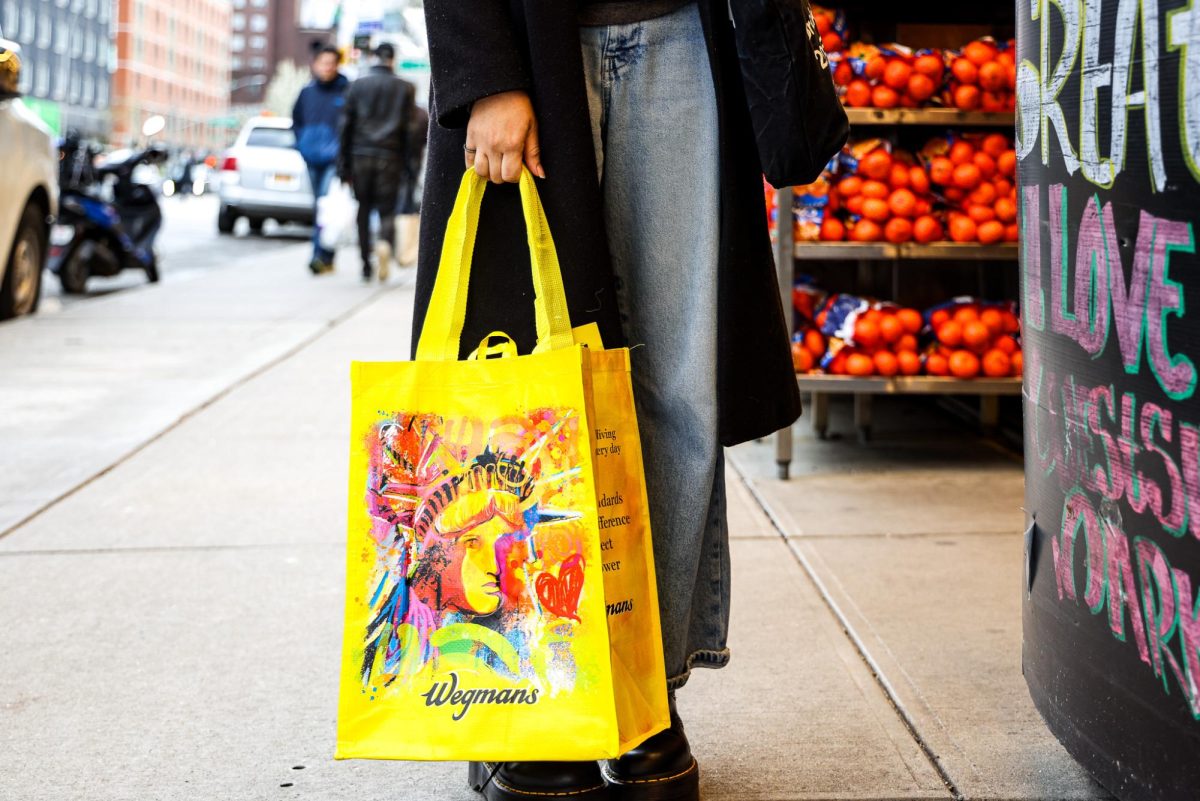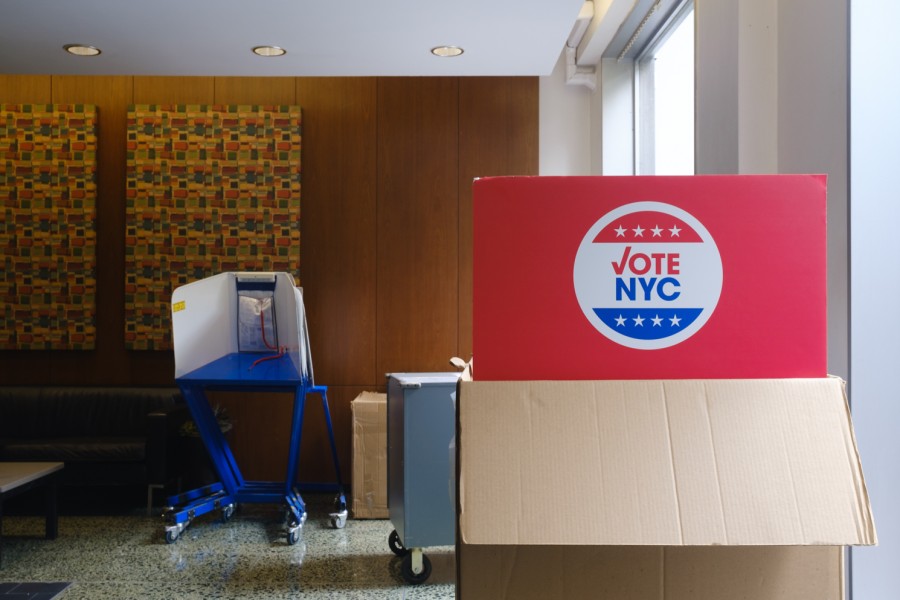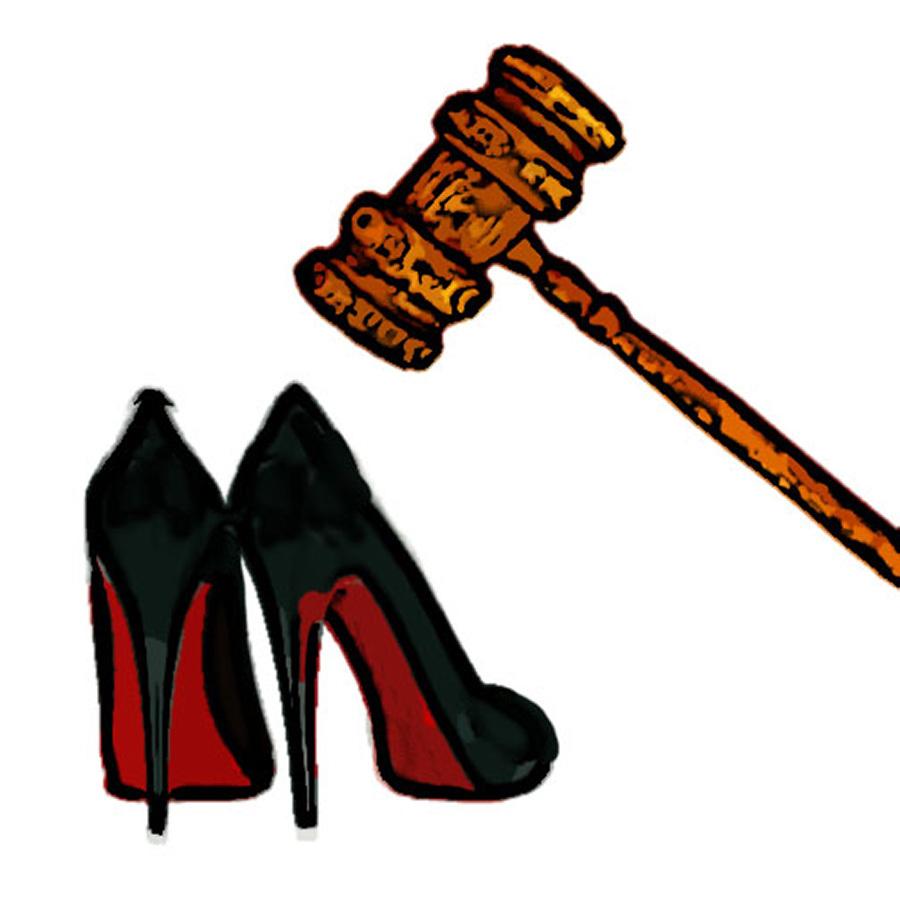Fashion, lawsuits unexpected pair
November 5, 2014
The worlds of law and fashion seem disparate. One does not think about the legal workings of the industry while pinching pennies for a Chanel purse. It is in the courts, however, that the direction of the multi-billion dollar industry is determined. The Oct. 24 legal decision on famed designers Domenico Dolce and Stefano Gabbana piqued interest into the judicial side of the world’s chicest profession.
Barbara Kolsun, executive vice president at renowned shoe company Stuart Weitzman and NYU adjunct professor on fashion law, said legal issues related to the industry vary from case to case. In recent years, there has been the current hotbed case of Christian Louboutin’s long battle over its unmistakable red-bottom shoes and Gucci suing Guess over use of the iconic interlocking ‘G’ logo.
With regard to what can and cannot be protected, Kolsun explained the distinction in U.S. law, stating the different forms of law and patent.
“In the U.S. we basically have copyright law, trademark law and design patents,” Kolsun said.
Kolsun said the design of a garment is unprotectable, and noted that because of the numerous global companies in the industry, protection is dealt with based on where that company is working. She also mentioned the controversy over whether the fashion industry would benefit from a law protecting design.
“My opinion on that is that if we’re going to do it, it’s probably best to have a scheme — like Europe has — to protect designs rather than lobbing it onto the copyright law,” Kolsun said. “That is certainly something that’s been in discussion for a really long time.”
NYU Law assisting professor Charles Colman highlighted the most common legal issues in the industry today.
“When it comes to fashion-specific issues, we see a lot of uncertainty in the area of intellectual property law,” Colman said. “Specifically in the areas of design-patent law — which was not heavily used for many years, but has experienced a resurgence in recent years — trademark law’s treatment of ‘gray goods’ — goods that were authorized for sale in one jurisdiction, then imported into another and sold there — and, of course, perennial difficulties in applying copyright protection to works of fashion design.”
Colman is concerned about and has written extensively on the abuse of trademark law and the limitations of copyright and patent protection for fashion design.
“I think Congress, the U.S. Patent and Trademark Office and the courts should crack down on this abuse by refusing to let fashion companies monopolize basic design elements through the Lanham Act — governing federal trademark law,” Colman said.
A version of this article appeared in the Nov. 5 2014 print edition. Email Sam Del Rowe at [email protected].













































































































































